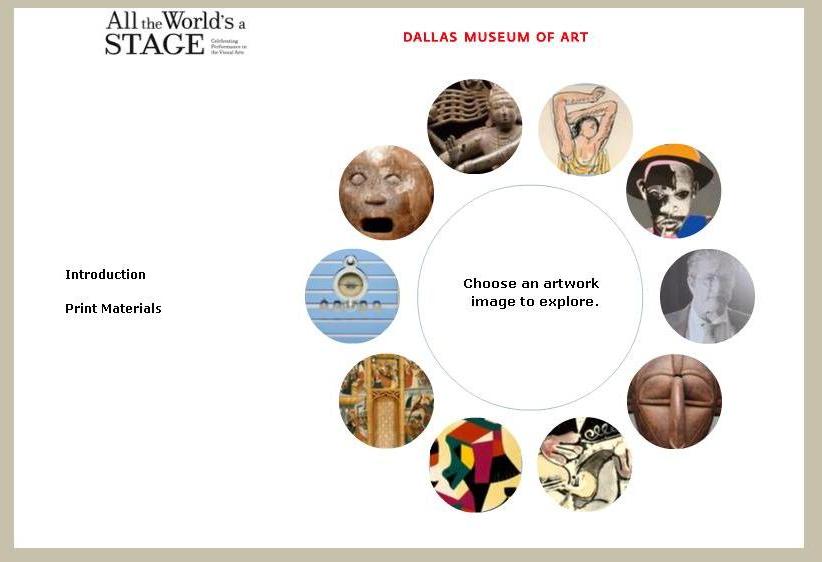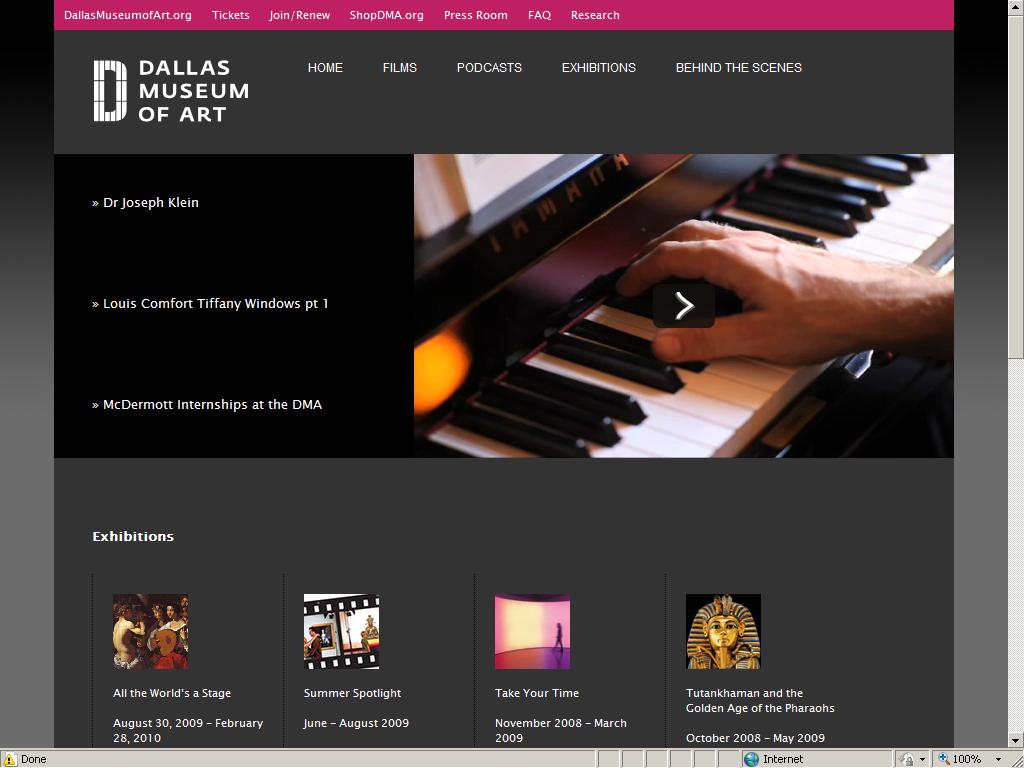
This cow stole my heart back in 2002 and I have been in love ever since. Although not many people would say that an image of an animal in desperate need of food, water, and attention is something to be excited about, my adoration is based upon what this cow represents. The sickly bovine is a small detail in a painting that is a response to the economic challenges that plagued the United States during the 1930s. The artist, Alexandre Hogue, is one of many artists, authors, playwrights, and musicians that approached the social, political, and economic subject matter of the Depression era head on.
![1945_6[1]](https://blog.dma.org/wp-content/uploads/2010/01/1945_611.jpg?w=300)
Alexandre Hogue (American, 1899 – 1994), Drouth Stricken Area, 1934, Oil on canvas
Alexandre Hogue’s
Drouth Stricken Area purposefully exaggerates the conditions of the dry Texas landscape in order to gain the viewer’s attention and to elicit a strong emotion. He believed that the over-cultivation of fields and the thoughtlessness of man were the causes of the region’s demise. The erosive state of the Dust Bowl is the focus of
Drouth Stricken Area, one of six paintings in Hogue’s Erosion Series.
I was raised on a ranch in the Dust Bowl and I was there when the dust storm hit….I saw lush grazing land turned into sand dunes. Thistles blew in and fences would be covered in just a few hours. Railroads had plows fighting it just like they fought snow….To me, as an artist, it was beautiful in a terrifying way. I painted it for that terrifying beauty. Alexandre Hogue
Drouth Stricken Area captures a prophetic scene of unusable farmland and the effects of the Dust Bowl that were later captured in photographs by Dorothea Lange, Arthur Rothstein, and other photographers working with the Farm Security Administration between 1935 – 1942.
As I stated at the beginning of this blog, I love Alexandre Hogue’s emaciated cow and the terrifying beauty of the landscape. I am now in the mood to listen to Woody Guthrie’s Dustbowl Ballads.
Drouth Stricken Area is currently up on the 4th floor in the American Galleries. Let me know what you think about this work of art and say hello to my cow for me!
Until next time….
Jenny Marvel
Manager of Learning Partnerships with Schools











![1945_6[1]](https://blog.dma.org/wp-content/uploads/2010/01/1945_611.jpg?w=300)




